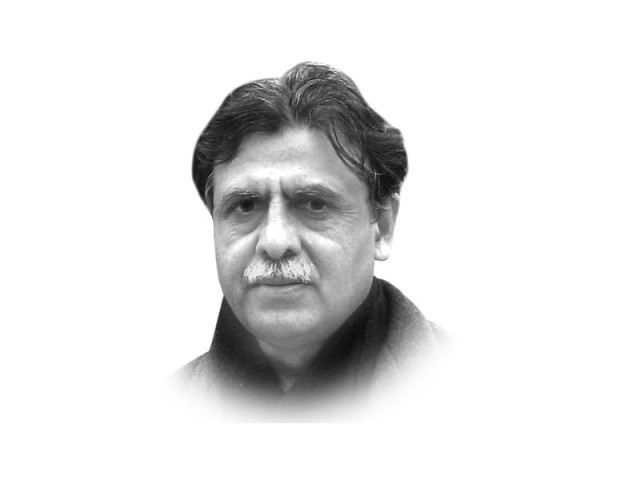Known and unknown variables
Much will depend on how the swing of the youth vote is calibrated and directed to the polling stations on D day.

The writer is a public policy analyst and former interior secretary
In Punjab, the PPP, the PML-N and the PTI, for instance, appear to be the key players. The former two parties had been part of the government, whereas the PTI, which is a relatively new player in electoral politics, is presenting itself as the harbinger of change and clean governance.
The MQM, which is confined to electoral politics of urban Sindh, parted ways with its main coalition partner only four weeks before the curtains were drawn, while the PPP repealed the Local Government Act of 2012, to gain lost ground in rural Sindh. In the post-election scenario, if the PPP emerges as the single largest party in Sindh, the hunch is that the erstwhile partners will again strike a deal and re-enact the repealed local government law as a bargaining chip. The political dynamics in Sindh cannot be foreseen without meaningful representation of the MQM in power-sharing.
On the incumbency factor, the PPP may lose out in view of the dim perception of its track record. There is no denying the fact that there had been significant political breakthroughs during the past five years at the national level but at the end of the day, it is the quality of life and a sense of personal security and economic viability of a person that makes the difference. Power outages and the astronomical cost of living, with tales of the alleged avarice and graft of former rulers, have made life difficult. On the other hand, in view of consistent good harvests and jacked up agricultural commodity prices, disposable incomes in the agricultural sector and rural areas have gone up manifold. The Benazir Income Support Programme, as a social safety net, has fared well and has extended the lifeline of the party in the rural areas. How well this support line could be translated into tangible results rests on the agility of the party workers and candidates.
The PML-N may well enjoy the leverage of both the non-incumbency and incumbency factors. While it decries the PPP for poor management and on charges of corruption, it remained well-embedded in the largest province with a hands-on chief minister running the show. There may be an array of questions about the priorities regarding economic and political choices exercised by the former Punjab government but on the perceptional level, the former incumbents in the province were able to steer through rather well.
The PTI, while riding on the crest of a wave created by the youth must be seriously reckoned with. Imran Khan has the charisma which — in a transitional democracy like ours — may well spring surprises. Much will depend on how the swing of the youth vote is calibrated and directed to the polling stations on D day. The PTI’s fortunes will also rest on its mantra of change and how this influences the mind of the people from the older lot who generally prefer to stay away on election day. In certain districts, where traditional politics is strong, a number of electable candidates have opted to contest independently. In case of success, they may hold the balance should we have a hung parliament.
Imran Khan is right when he claims that the cutting edge on election day would be how well the voters are mobilised and brought to the booths for voting. The ground reality is that the PML-N has deep roots in electoral politics for the past 30 years. Punjab has been its main turf and the party has the capacity to absorb shocks, unlike some of its opponent parties, which faced desertions over decisions on award of tickets. It is hazardous to make outright predictions but May 11 is likely to throw up some interesting surprises.
Published in The Express Tribune, May 1st, 2013.
















COMMENTS
Comments are moderated and generally will be posted if they are on-topic and not abusive.
For more information, please see our Comments FAQ